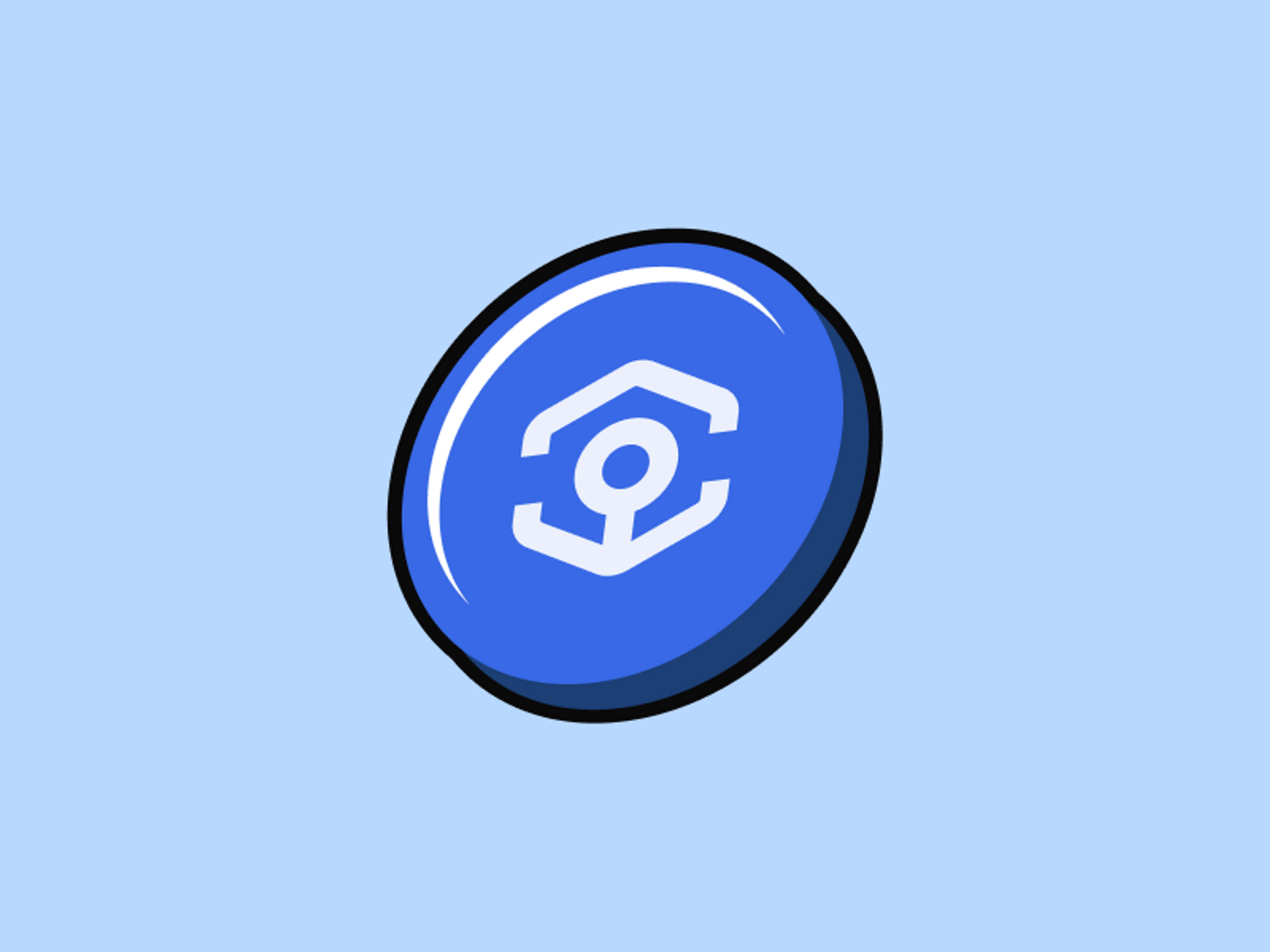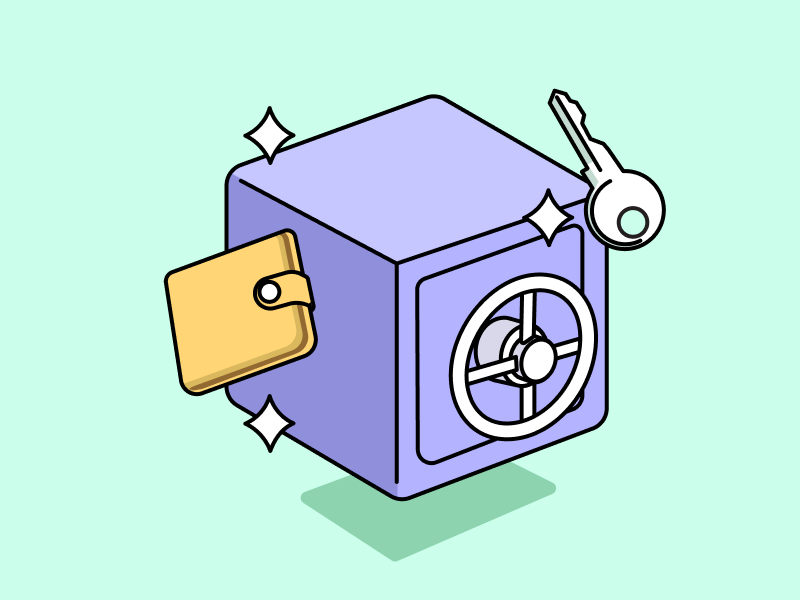Web3 Adoption by Leading Web2 Brands: Innovations in Customer Engagement
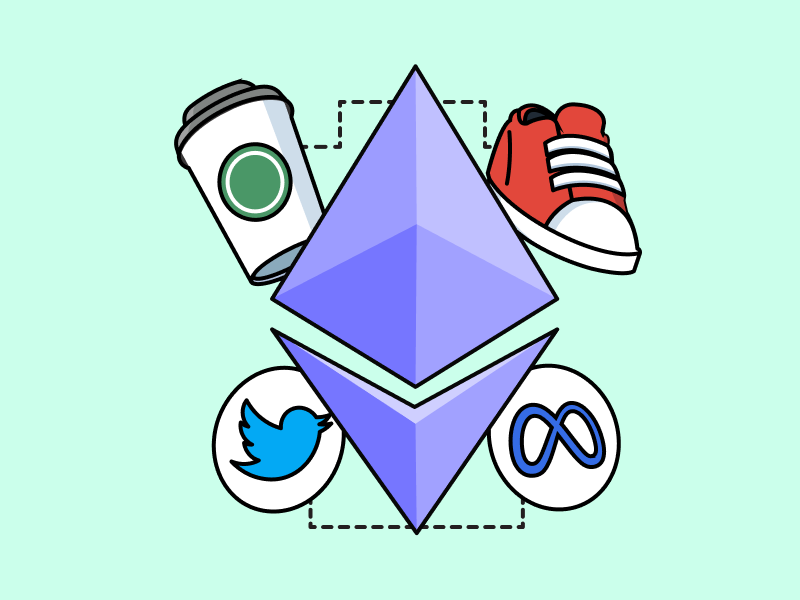
The evolution from Web2 to Web3 is becoming increasingly popular as many companies are leveraging Web3 technology for various business programs. The adoption of Web3 aims to create an exciting and fresh experience for their customers. In this article, we’ll look at how Web2 brands are venturing into the Web3 world.
Article Summary
- 🆕 Web3 offers transparency, security, immersive experiences, and the ability to build a closer community with consumers, enhancing customer loyalty.
- ⛓️ Web3 also enables the enhancement of loyalty programs through interoperability, gamification, and automated reward distribution via smart contract networks.
- ↔️ Well-known brands such as Visa, Tiffany & Co, Gucci, Nike and Starbucks have integrated Web3 technology into their business strategies. In fact, Starbucks’ loyalty program generated $143,000 in revenue from its NFT sales.
- ✍🏻 The adoption of Web3 by leading brands underscores the importance of distributed technology in driving customer engagement and innovation in the evolving digital age.
Why are brands entering the Web3 world?
Adapting in business is essential, especially for large brands with many loyal customers. In order to keep their customers, many of them use Web3 technology for its many advantages, including:
- Decentralization: Web3 is built on decentralized technology, providing better transparency and security in marketing activities. This becomes critical for aspects like data privacy, preventing fake advertisements, and can enhance consumer trust.
- Immersive Experiences: Web3 technology offers deeper and more engaging experiences for consumers. This enables brands to design unique and captivating marketing campaigns.
- Micropayments: Web3 can facilitate micropayments and micropayment-based revenue models, such as pay-per-view. This can potentially boost larger revenue opportunities for businesses while giving consumers more control over the content they consume.
- Ownership: Web3 introduces the concept of user ownership of their data, identity, and online assets. This ownership can create marketing opportunities for businesses focusing on empowering users and providing incentives.
- Community Building: Web3 technologies, like decentralized social networks, can more intimately engage communities and foster beneficial relationships between brands and their customers.
Incorporating these features of Web3 can enhance the customer experience and potentially increase customer loyalty. It also gives brands more flexibility to innovate and deliver the best for their loyal customers.
Web3 Technology Can Enhance Web2 Loyalty Programs
Web3 can change how loyalty programs work for loyal customers. As web3 continues to evolve and garner widespread acceptance, here are some loyalty programs that can be enhanced with blockchain-based Web3 technology:
- Interoperability: Loyalty points or rewards often have limitations in terms of their amount and utility, like being non-transferable among customers or across different loyalty programs. With Web3 and the introduction of standardized loyalty tokens, users can seamlessly transfer rewards across various loyalty programs, allowing them to accumulate and redeem rewards more easily.
- Gamification and Engagement: Leveraging smart contracts and Decentralized Applications (dApps), brands can incorporate gamification into their loyalty programs. This allows for the creation of interactive experiences such as games, challenges, and loyalty-based competitions, enhancing customer engagement.
- Programmable and Automated Rewards: Through the use of smart contracts, loyalty programs can automate reward distribution based on predefined rules. For instance, loyalty tokens can be automatically awarded when a user completes specific actions or achieves certain milestones. This programmable nature not only reduces administrative costs but also ensures timely and accurate reward distribution.
By integrating these Web3 features, brands can offer more dynamic, engaging and user-centric loyalty programs. This will have a positive impact on customer retention and brand loyalty in the ever-evolving blockchain and crypto era.
Web2 Brands that Adopt Web3
Given the myriad benefits of adopting Web3 technology, many brands have ventured into the Web3 space. Here are some prominent brands that have integrated Web3:
Visa
In collaboration with Visa, ShopNEXT launched the first Web3 Loyalty Platform. By integrating with Visa’s Offer Platform, users can connect their Visa cards to the ShopNEXT app, facilitating transaction tracking and awarding blockchain-based token rewards. This platform also features in-app games and NFT cards to enhance reward offerings. The “Shop-To-Earn” model is supported by the External Profit Reserve (EPR), where 100% of sales commission profits are allocated to support the token’s value.
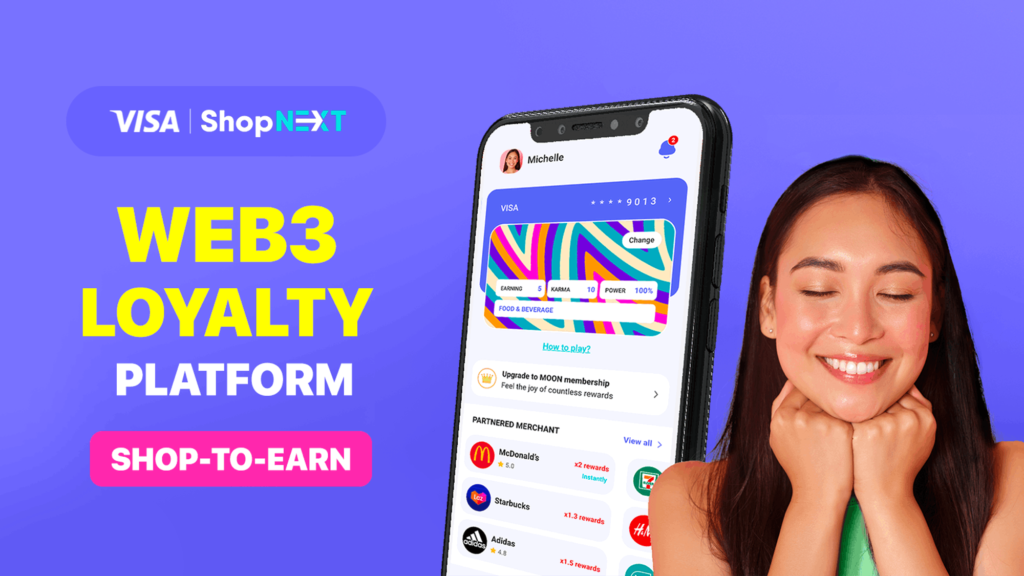
Tiffany & Co
This luxury jewelry brand embraced Web3 by providing token-gated access for CryptoPunks NFT holders. In August 2022, Tiffany collaborated with Crypto Punks, allowing existing CryptoPunk owners to obtain a Tiffany & Co CryptoPunk pendant priced at 30 ETH.

Gucci
The luxury fashion brand Gucci ventured into the Web3 world by partnering with SuperRare NFT, launching a digital vault to showcase and sell art pieces. Their debut collection, ‘The Next 100 Years of Gucci’, highlighted the brand’s legacy and future vision. Additionally, Gucci introduced ‘Gucci Town’ in the Roblox Metaverse, enabling customers to view, try, and purchase digital Gucci items. Both partnerships combine Gucci’s brand values with unique experiences, enhancing brand engagement in the Web3 community.

Nike
In 2021, Nike launched NIKELAND, a free sports immersion in the metaverse where users can earn tokens that can be exchanged for digital apparel currency. Since its launch, a total of 6.7 million players from 224 countries have visited NIKELAND on Roblox.
Nike is deeply involved in the world of Web3. In June 2023, Nike partnered with one of the largest game producers, EA Sports. Together, Nike and EA Sports plan to introduce the .Swoosh NFT into web3 games e-sports. They are also exploring a collaboration with Epic Games, the creators of the viral game Fortnite.

Starbucks
Starbucks launched the Starbucks Odyssey program, integrating blockchain technology with its rewards system and releasing limited edition NFTs that garnered sales up to US$143,000.
Starbucks Odyssey is an extension of the Starbucks rewards program in collaboration with Polygon, which uses blockchain “proof-of-stake” (PoS) technology to release its NFT collection to Starbucks Rewards members and also to Starbucks employees in the United States through interactive activities themed “Journey Stamps”.
Most recently, on August 1, 2023, as part of the Web3 Starbucks Odyssey loyalty and rewards program, they launched their eighth NFT collection titled “Green Apron”. This latest collection is limited to only 5,000 NFTs and is inspired by the original history of the Pike Place Apron.
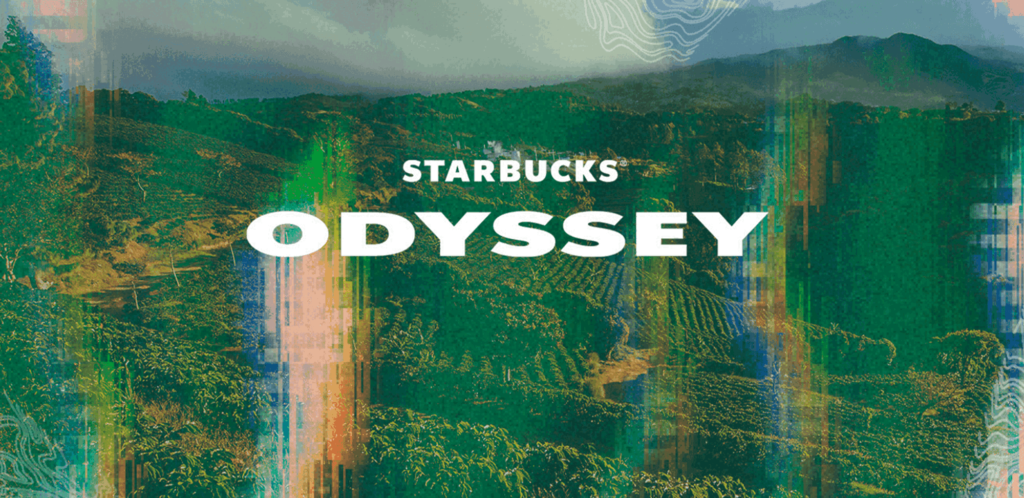
Conclusion
The adoption of Web3 technology in the business world has become a cornerstone for major brands seeking to increase customer loyalty and engagement. This decentralized technology offers several benefits, such as transparency, immersive experiences, and ease of transactions. In addition, the use of Web3 enables loyalty program innovations such as interoperability, gamification, and rewards automation. Well-known brands such as Visa, Tiffany & Co, Gucci, Nike and Starbucks have cleverly harnessed the potential of Web3 to engage customers in more innovative ways. With Web3, these brands can foster closer relationships with their customers and position themselves competitively in the ever-evolving digital age.
Read more: Web2 vs Web3: Uniqueness, Limitations, and their Future
References
- Lucian Urbahc, Is Web3 effectively solving the problems in Web2 marketing?, Outlierventures, accessed on 17 August 2023.
- Craig DeWitt, How Web3 Technology Can Enhance Web2 Loyalty Programs, Coinmarketcap, accessed on 17 August 2023.
- Prnewswire, ShopNEXT partners with Visa to launch the first-ever Web3 Loyalty Platform, accessed on 17 August 2023.
- Evan, Which Web2 Brands are Conducting Business in Web3?, Nftevening, accessed on 17 August 2023.
- Visa, ShopNEXT partners with Visa to launch the first-ever Web3 Loyalty Platform, accessed on 17 August 2023.
- Emma Roth, Tiffany is selling custom CryptoPunk pendants for $50,000, Theverge, accessed on 17 August 2023.
- Rowynn Dumont, Gucci and SuperRare look ahead to “The Next 100 Years”, Superrare, accessed on 17 August 2023.
Share
